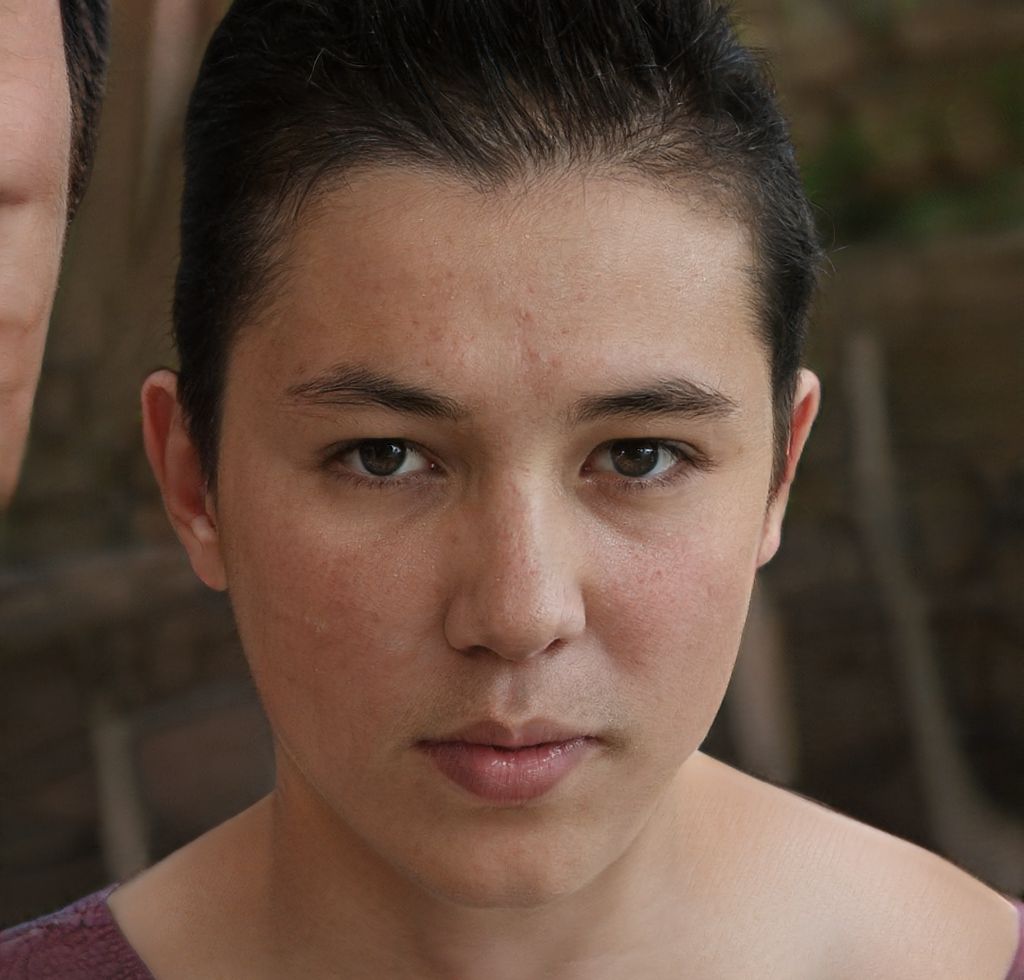Are the 'alleles' same as the word homologous?
Alleles are different forms of same gene and are located on homologous chromosomes at same location.
Let us take an eukaryotic diploid cell: there are chromosomes present within nucleus of each cell. Every chromosome is made of a linear DNA molecule.
()
Thing is that there are two sets of chromosomes in each cell: which means each chromosome is represented twice inside the diploid nucleus. Thus there are homologous pairs of chromosomes in eukaryotic cell. For example, in each somatic cell of human body, there are 23 pair of chromosomes.
()
In the above diagram, you can see homologous chromosomes lying side by side: these are similar in length and there are same genes located on each homologous chromosome .
()
Genes are hereditary units, arranged in linear manner on chromosome and each gene controls a particular trait. Now you consider the fact that there is a gene on chromosome 9 which determines blood group type in human; but you also know that there could be four different blood group types. This is because the gene for blood group exists in three different forms: and one person can possess two different forms of the same gene.
- Different forms of same genes are called alleles and a diploid organism can alsways have two alleles of a gene: because chromosomes appear in duplicate within cell.
- These two alleles could be same or different, but are always located on homologous chromosomes.
https://tutor.hix.ai
(https://tutor.hix.ai)
So allele and homologue, these words are not synonymous ; but yes, alleles are always present on homologous chromosomes. One member of a homologous pair comes from father while another member comes from mother.
By signing up, you agree to our Terms of Service and Privacy Policy
No, alleles and homologous are not the same. Alleles are different forms of a gene that occupy the same locus on a chromosome. Homologous refers to chromosomes that pair up during meiosis and are similar in length, gene position, and centromere location.
By signing up, you agree to our Terms of Service and Privacy Policy
When evaluating a one-sided limit, you need to be careful when a quantity is approaching zero since its sign is different depending on which way it is approaching zero from. Let us look at some examples.
When evaluating a one-sided limit, you need to be careful when a quantity is approaching zero since its sign is different depending on which way it is approaching zero from. Let us look at some examples.
When evaluating a one-sided limit, you need to be careful when a quantity is approaching zero since its sign is different depending on which way it is approaching zero from. Let us look at some examples.
When evaluating a one-sided limit, you need to be careful when a quantity is approaching zero since its sign is different depending on which way it is approaching zero from. Let us look at some examples.
- Consider the genetic cross for absent-mindedness, which is a dominant trait. All of the offspring from this cross will be absent-minded. If two parents that are absent-minded have offspring that are not, what MUST be the genotypes of the parents?
- How do dominant and recessive alleles affect phenotype?
- If a homozygous dominant genotype is 46% what is the dominant allele frequency?
- An #F_1# plant that is homozygous for shortness is crossed with a heterozygous # F_1# plant. What is the probability that a seed from the cross will produce a tall plant?
- A true breeding black fowl is crossed with a true breeding white fowl, and all the progeny fowl are neither black nor white. Is this an example of Mendelian inheritance?

- 98% accuracy study help
- Covers math, physics, chemistry, biology, and more
- Step-by-step, in-depth guides
- Readily available 24/7
 Connor Abernathy
Connor Abernathy Ruby Armstrong
Ruby Armstrong